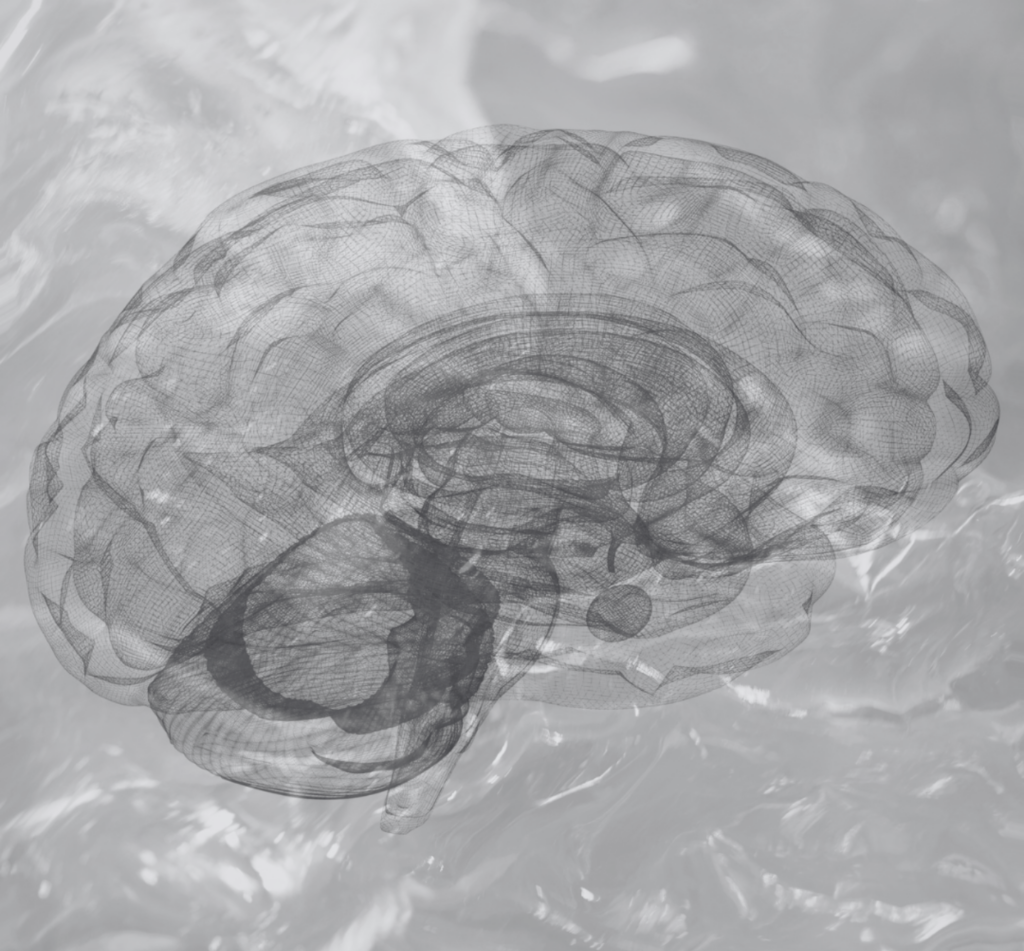
Craniosacral Fascial Therapy (CFT)
Unwinding the tension you didn’t even know you had
Your body is holding onto stuff. Stress, tension, maybe even that time you tweaked your neck sleeping weird in 2014. And whether you realize it or not, all that built-up restriction messes with how you move, feel, and function.
CFT helps release deep, stuck tension in the fascia (your body’s connective tissue) and supports better flow in your craniosacral system.
Translation? Less restriction. More ease. And a nervous system that finally gets to exhale.
What CFT can help with
Because everything is connected, this work can support:
Why does this work so well?
Your fascia is like a full-body web—when one part gets tight, it can pull and restrict movement elsewhere. Your craniosacral system (which affects your brain, spine, and nervous system) also needs to move without restriction—but stress, injuries, and tension can throw it off balance.
CFT gently unwinds these restrictions, helping your body reset, realign, and move more freely.
What does a session feel like?
Gentle. Subtle. Deeply relaxing.
Most people feel a mix of lightness, warmth, and a sense of “letting go.” Others feel a deep sense of stillness, like their nervous system finally got the memo to chill the f out. You might notice small movements as your body unwinds.
Some feel immediate relief; for others, shifts happen gradually.
Either way, your body will take what it needs—and you’ll walk away feeling more relaxed and with a bit more space in your body.
